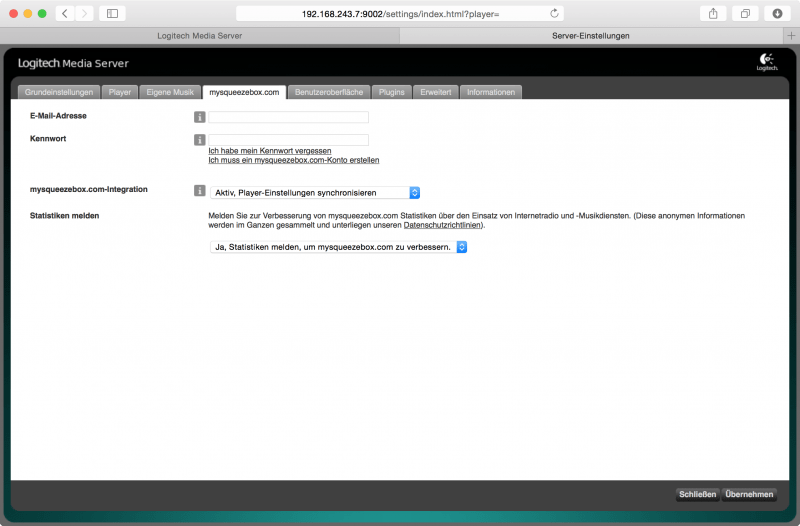


Using your streamer's app is the best way to navigate large music libraries and the quickest way of making playlists. To get the best user experience, you’ll really need a smartphone or tablet to control your streamer. Most audio streamers will also have digital inputs, so alongside playing music files from a USB, you’ll usually be able to feed in optical and coaxial digital feeds too, making the streamer something of a digital hub for your system. You'll also be able to play from your favourite music streaming services – at least Spotify and quite probably higher quality alternatives such as Tidal or Qobuz are built-in.īluetooth is almost always included, and if it’s the more capable and better-quality aptX HD form, then all the better. Regardless of the model, you’ll be able to play local music files from a connected NAS drive and play thousands of internet radio stations. CD quality is 16-bit/44.1kHz, and a capability of 24-bit/192kHz should be more than enough to meet the needs of most audiophiles.Ĭonnectivity-wise, streamers can boast AirPlay 2, Bluetooth, Spotify Connect, UPnP compatibility, and USB ports. We wouldn’t get too hung up on the numbers, though, as the vast majority of music isn’t available in those more extreme file types. Most of the selections below support the vast majority of hi-res music formats, though the upper limit can vary between 24-bit/96kHz PCM files for more basic products up to 32-bit/768kHz for those that aim to push the boundary. But while other hi-fi separates such as a turntable or CD player just have a simple job to do, a music streamer (or network audio streamer) has to manage many different wireless sources as well as be able to play music files from local storage on your network.


 0 kommentar(er)
0 kommentar(er)
